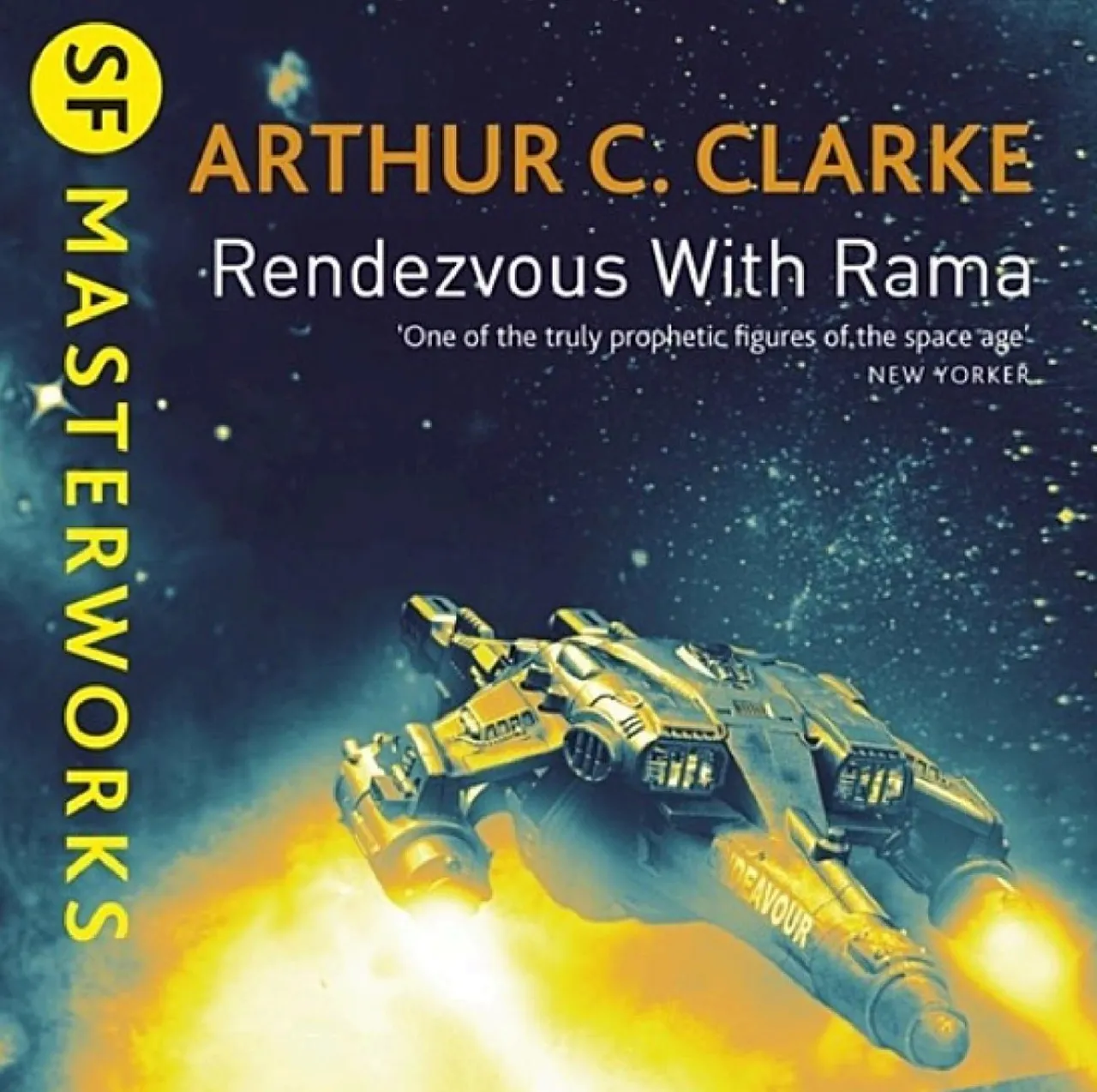
Arthur C. Clarke's masterpiece "Rendezvous with Rama" stands as a monolith (pun intended) to how science fiction can capture both the grandeur of space exploration and the intricacies of human behaviour. Reading it for the second time revealed layers I missed in my first encounter (another pun!), much like the explorers in the novel who continually discover new aspects of the mysterious cylindrical world.
What sets "Rendezvous with Rama" (or Rama I) apart is how Clarke maintains a persistent sense of awe throughout the narrative. The cylindrical world of Rama isn't just a setting—it's a character in itself, revealing its secrets with deliberate patience.
From the initial discovery of what appears to be an asteroid, to the realisation that it's an artificial construct, to the gradual exploration of its internal landscape, each revelation builds upon the last while preserving the mystery at its core.
The genius of Clarke's approach lies in how he anchors fantastic concepts in scientific plausibility. The cylindrical sea, the enormous stairs, the mysterious cityscapes—each element feels both alien and somehow logical, following rules we can almost but not quite grasp. This creates a unique form of tension where readers, like the characters, constantly balance exploration with discovery.
Often that discovery leads to more questions, which kept me turning pages.
Perhaps the most impressive aspect of the novel is Clarke's subtle handling of human dynamics against this backdrop of cosmic mystery. The story weaves together scientific exploration, political manoeuvring, and religious interpretation without ever losing its focus or devolving into melodrama. The various human responses to Rama—from scientific curiosity to political anxiety to religious awe are all balanced well.
What's particularly striking is how Clarke avoids the common pitfall of portraying these different perspectives as simple conflicts. Instead, he presents them as natural, overlapping responses to an unprecedented situation. The scientists aren't immune to wonder and fear; the politicians aren't merely obstruction; the religious interpretations aren't simply dismissed.
The book's greatest achievement might be how it maintains its sense of mystery even after multiple readings. Like Rama itself, the novel doesn't give up all its secrets easily, rewarding repeated visits with new insights and perspectives. It's a reminder that the greatest mysteries aren't always those that need to be solved, but those that continue to make us wonder.
I'm already starting to devour the 2nd book in the series, and as the last page ends "The Ramans always do everything in threes" (or something like that) - and I feel as though I'm destined to read this trilogy three times.